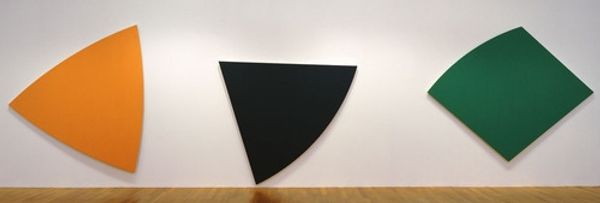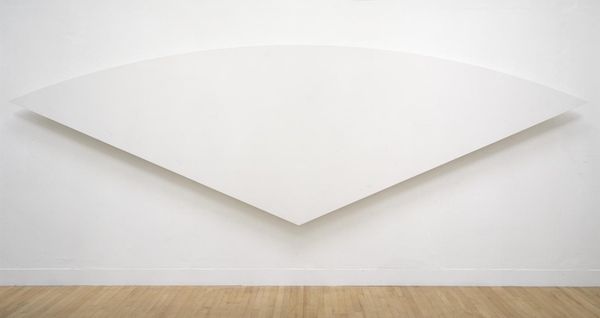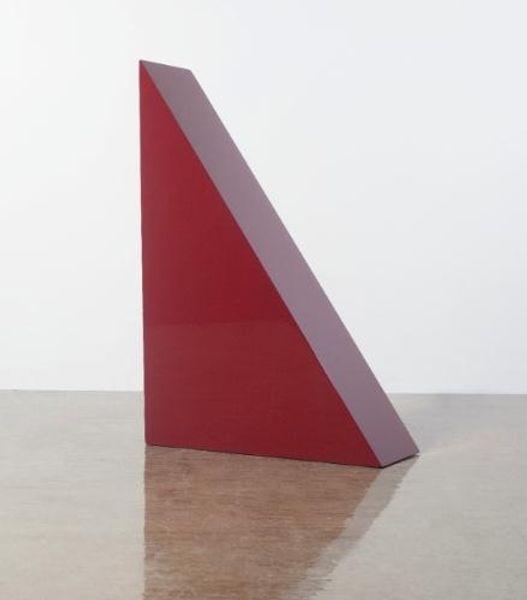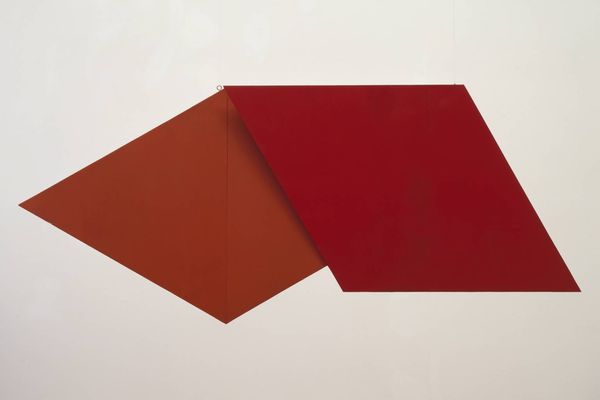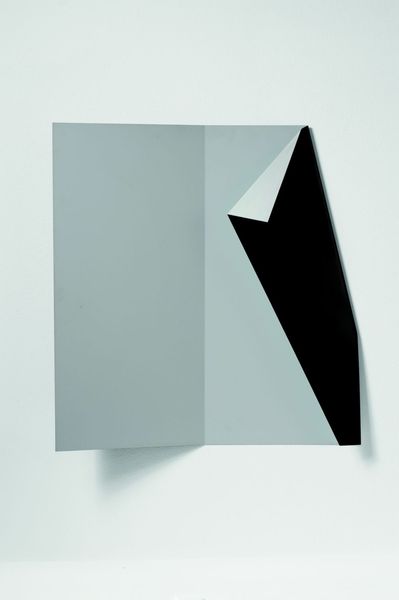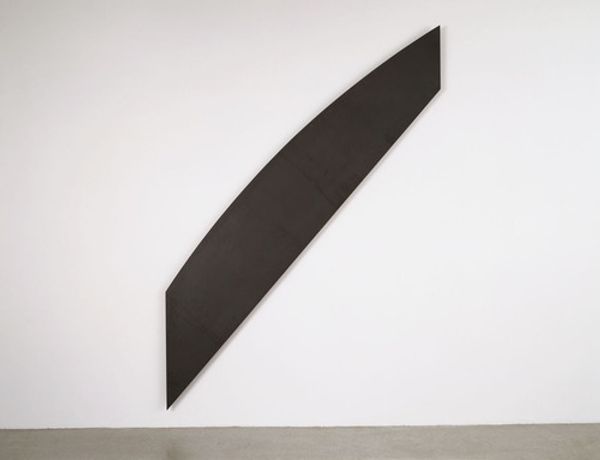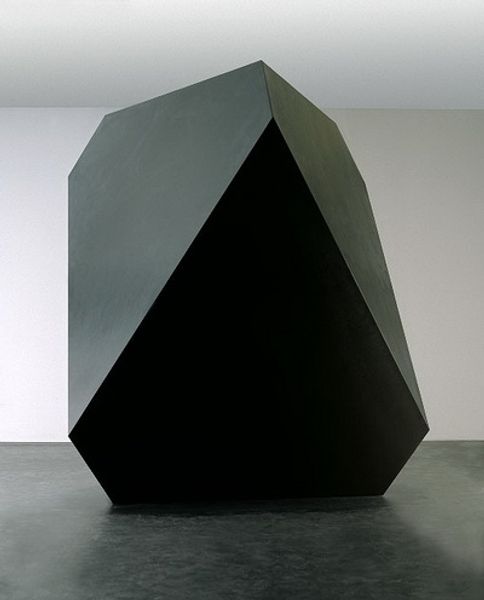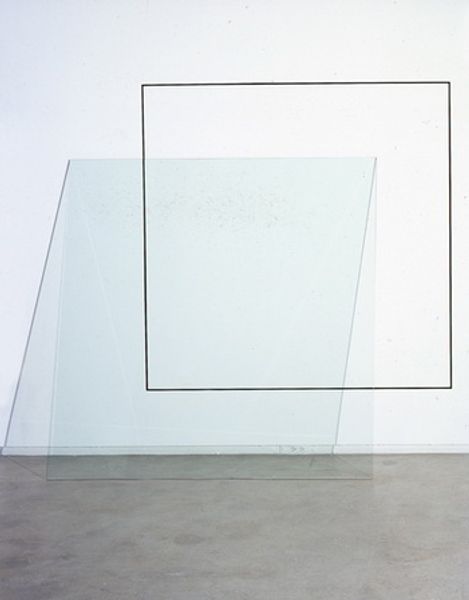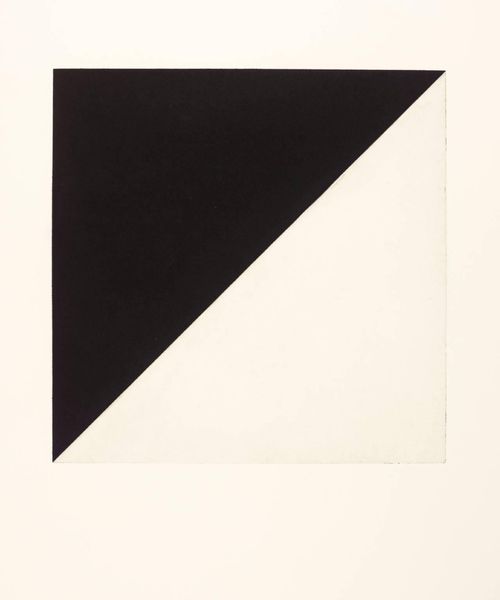
#
monochromatic tone
#
conceptual-art
#
minimalism
#
form
#
tonal
#
geometric
#
abstraction
Copyright: Robert Morris,Fair Use
Editor: Here we have Robert Morris' "Untitled (Corner Piece)" from 1964. It seems to be made from painted plywood and exists solely in the corner of a room. It's remarkably simple, a grey triangle fitted precisely into the right angle where the walls meet the floor. How should we interpret this kind of seemingly straightforward gesture? Curator: That simplicity is exactly the point, and it's a gesture loaded with historical and political intent. Morris and other Minimalists were reacting against the dominance of Abstract Expressionism, with its emphasis on the artist's personal expression. They aimed to remove that, presenting objects that were self-contained, industrial, and devoid of overt symbolism. What do you notice about the location of the piece? Editor: It occupies the physical space of the gallery so directly... it doesn't seem like decoration at all. Curator: Precisely! That relationship with the surrounding architectural space is crucial. The viewer becomes acutely aware of their own body in relation to the object and the room itself. The gallery space stops being neutral; it's part of the artwork's experience. This shift challenges traditional notions of art's autonomy and invites a critical reflection on the institutional framing of art. It makes us question: who decides what is art and where it belongs? Editor: So, it's not just about the shape, it's about how it questions the established rules of the art world? Curator: Absolutely. The 'nothingness' becomes a powerful statement against established hierarchies. It's interesting to consider how its austere presentation was seen as a political act within the cultural landscape of the 1960s. It disrupted conventions and invited debate, using pure geometry as its weapon. Editor: I never thought something so basic could be so revolutionary! Thanks, that completely changes how I see it. Curator: Exactly, seeing this work shows the public the ways the institution itself creates the meaning of a work of art. The power is truly in the viewing, not necessarily only in the object.
Comments
No comments
Be the first to comment and join the conversation on the ultimate creative platform.
